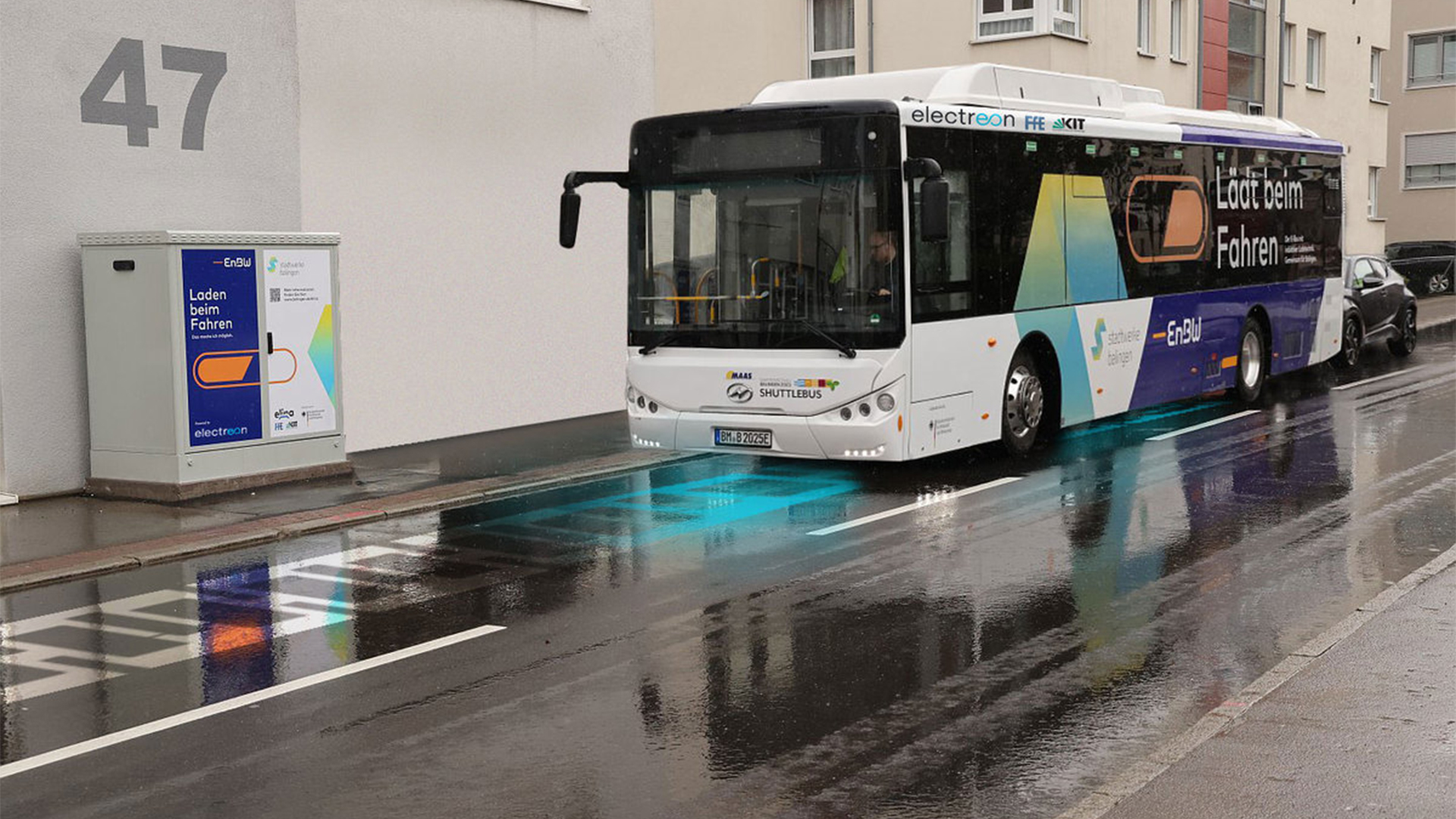Click here to visit Original posting
A recent patent filed by Hyundai to the United States Patent and Trademark Office appears to show that the brand is working on technology that could help electric vehicles charge as they drive.
Often referred to as wireless dynamic charging, the technology uses a specially designed charging plate located underneath the vehicle to draw charge from electromagnetic coils mounted beneath the road surface.
There are a number of dynamic charging projects currently underway, including a stretch of 14th Street in Detroit, Michigan, as well as pilot programmes in Japan and Norway.
On top of the huge cost involved, one of the other issues this technology faces is maintaining a perfectly smooth and pothole-free road surface to ensure the correct distances between the wireless charging receiver on the car and the coils installed beneath the road.
According to CarBuzz, Hyundai’s patent looks to be addressing this very problem, as it includes a "height-adjustable inductive power transfer coupler" that can raise and lower itself on the move to ensure the perfect distance between car and road surface, resulting in a charging experience that is free form interruption.

The second part of the patent borrows learnings from the likes of Mercedes-Benz and Rolls-Royce, which both use high-definition camera technology to read the road surface ahead and make minute adjustments to the suspension settings in order to maintain the perfect ride quality.
But rather than adjust the adaptive suspension, Hyundai’s idea is to have data from this live camera feed influence the height of the wireless charging induction pad mounted beneath the vehicle in question.
Hyundai also goes on to describe how vehicle-to-everything (V2X) technology would help users navigate, informing them of the whereabouts of wireless charging routes along the way for optimum battery efficiency.
Analysis: one step closer

While dynamic wireless charging is already working for some projects, these tend to be located in very controlled environments, underpinning predictable and easily maintained bus routes in a small German town, to cite an example from wireless EV charging expert Electreon.
Similarly, a university project in Japan, which we reported on last year, sees wireless charging pads located at traffic lights and other controlled inner-city infrastructure, meaning the connection between the vehicle and electromagnetic coils is more manageable because the EV is stationary.
Granted, the battery top-ups will be much shorter in length, but the project's leaders believe that frequent stops around a busy city would be enough to add significant range.
All of the aforementioned projects are pushing the technology forward, but it is still a far cry from the future vision of EVs charging as they navigate the world’s highway systems – effectively negating the need to stop and charge on a road trip.
While Hyundai’s proposed innovation hasn’t exactly solved all of the roadblocks (cost, heat management, maintenance, massive infrastructure overhaul) , it is at least another step in the right direction, joining a number of wireless charging proposals from fellow EV makers and researchers that could see the tech become a reality rather than a utopian transport dream.